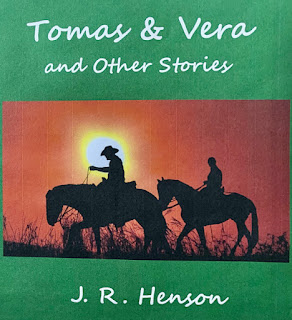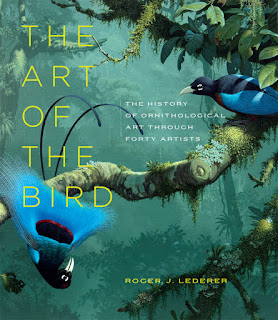Leo is a real little boy, the son of former Chicoan Shawntel Newton and her husband, orthodontist Paolo Poidmore. As People Magazine notes, "Newton--a former funeral director, who placed fourth on Brad Womack's season of The Bachelor in 2011--gave birth" to Leo, their second child, in October 2018. (For more about the challenges--and moments of grace--see shawntelnewton.com.)
Leo's grandmother, Chicoan Colene Newton, realized that Leo's narrative, which she had written for her grandson as a gift of love, might well be shared with a larger audience. "For some children," she writes, "things that make them unique might also make them look different." Teaming with Chico artist Penny Poole Oster, Colene presents Leo's own experiences (as well as more detailed information for parents) in "From Port Wine Stain To Angel Kisses" ($9.95 in softcover from Memoir Books, available on Amazon).
In the book Leo explains that his "Port Wine Stain covers half of my face including one eye and over my brain, which means I also have something called Sturge-Weber Syndrome. This makes me even more rare. There are not that many people born with this. ... I think that makes me really special. Is there something that makes you special too?"
The real Leo has had dozens of laser treatments "to help get rid of the redness. The lasers feel like someone is taking a rubber band and snapping it on my face; it hurts, but only for a second. ... Afterwards I have polka dots on my face; my mom and my brother call them my Angel Kisses. Have you ever had to be really brave?"
Oster's full-page watercolors illustrate Leo's journey. Sturge-Weber Syndrome can affect the eyes, so there are regular visits to glaucoma specialist James Brandt, M.D., at UC Davis. "He and I," Leo says, "like to make faces at each other, which makes us both giggle." Oster captures the moment beautifully.
This is what love does.

























